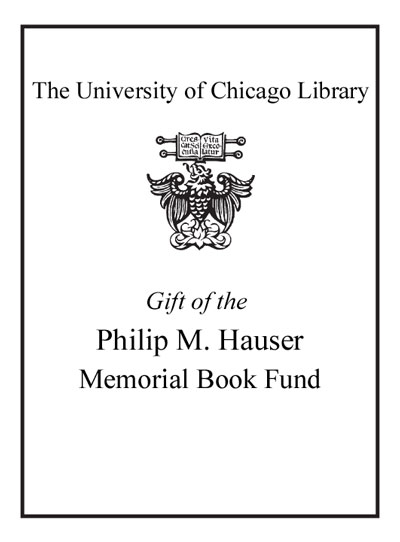The ecology of homicide : race, place, and space in postwar Philadelphia /
| Author / Creator: | Schneider, Eric C., 1951-2017, author. |
|---|---|
| Imprint: | Philadelphia : University of Pennsylvania Press, [2020] |
| Description: | xxi, 145 pages ; 24 cm |
| Language: | English |
| Subject: | |
| Format: | Print Book |
| URL for this record: | http://pi.lib.uchicago.edu/1001/cat/bib/12698893 |
| Summary: | Like so many big cities in the United States, Philadelphia has suffered from a strikingly high murder rate over the past fifty years. Such tragic loss of life, as Eric C. Schneider demonstrates, does not occur randomly throughout the city; rather, murders have been racialized and spatialized, concentrated in the low-income African American populations living within particular neighborhoods. In The Ecology of Homicide , Schneider tracks the history of murder in Philadelphia during a critical period from World War II until the early 1980s, focusing on the years leading up to and immediately following the 1966 Miranda Supreme Court decision and the shift to easier gun access and the resulting spike in violence that followed. |
|---|---|
| Physical Description: | xxi, 145 pages ; 24 cm |
| Bibliography: | Includes bibliographical references and index. |
| ISBN: | 9780812252484 0812252489 |

